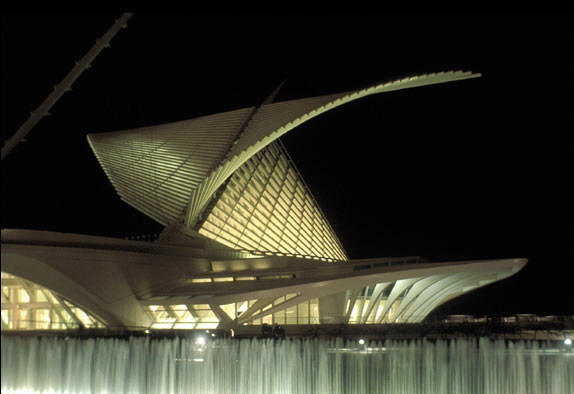 History
HistoryThe museum building was in the 19 Century manor house built Ramazanoğlu Suphi Pasha. Atatürk and his wife stayed in this house during their visit to Adana on 15 March 1923. The building was expropriated and restored by the "Atatürk Scientific and Cultural Conservation and Revival Society", under the leadership of the Army Corps Commander Bedrettin Demirel with the donations from the community. It was opened as a museum in 1981, administered by the Directorate of Museums.
Architecture
The museum building is one of the traditional row houses Tepebağ. A two-storey structure is built of brick and stone with bay windows and pitch roof. Because of its special properties, it is classified as "Cultural Real Estate under Conservation" by the Ministry and preserved in its original condition.
Inside the museum

The ground floor is the study and the library. In the study area, the newspapers Yeni Adana, Turk sozu, Çukurova and Dirlik which were published during and after the Revolutionary War, are displayed. In the library, nearly two thousand books in Ottoman (Arabic alphabet) and Turkish (Latin alphabet) are written on the display. Most books are obtained through donations.
There are several rooms open to the public on the upper floor. Atatürk's wax figure of retired officer Nevzat Duruak is made, on display in the lobby. In the bedroom of Atatürk brass bedstead, silver threaded quilt and table cloth, traditional Maras style two armchairs and a wardrobe are exhibited. In the study room has a chair, a table and chairs, a telephone, a cupboard and Atatürk's portrait are exhibited. There are bound volumes of "Yeni Adana" newspaper in a showcase and framed photos of the newspaper staff in the press. is stopped Warrior's Room shows the portraits of his fellow soldiers and Girici Gani, Gani Girici's Medal of Honor and a clock at 9.05 clock in memory of Ataturk, the date of death. A nut chair, a water pipe, a metal brazier, kilims and carpets are on display in the living room.
During Atatürk's visit was conducted in Adana, an envoy from French occupied Hatay by Ayse Hanim Fitnat received by Atatürk and presented him with black roses. Atatürk's response to that gesture was "Centuries old Turkish land will not be allowed to be held by the enemy." In Hatay room, there are mannequins to show the event. Even in this room an engraved walnut coffee table, are to see a Turkish flag and various photos of the members of the envoy.
In the armory, different types and calibres of rifles, pistols, generals epaulettes, a model of the house, was born in the Ataturk was a sample of the stone from Osmaniye which was used in Ataturk's grave in Anitkabir and also some collections of antique coins in shop window displays. In the adjutant Atatürk Room, a brass bed, a silver threaded quilt, a walnut superimposed wardrobe, a metal shell and a can be seen. The Kuva-i Milliye space, the busts of Atatürk, Ismet Inönü and other members of Kuva-i Milliye which initiated the movement and distinguish the people for their efforts during this period displayed.

No comments:
Post a Comment